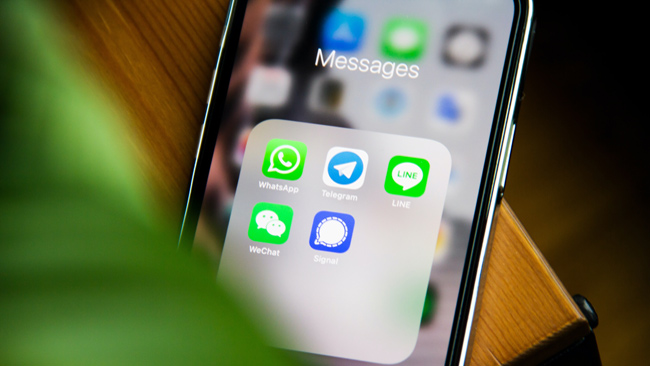On the surface, SMS marketing is just that: advertising through SMS; but there is a lot more to it. With increased client satisfaction and no limits to revenue, SMS marketing is an incredibly powerful growth tool. It’s cost-effective, accessible, and remarkably popular with audiences all across the globe.
Despite this, there are several myths about SMS advertising. The TCPA and the CAN-SPAM Act have led many to believe that sending an SMS message is forbidden or otherwise frowned upon.
However, that’s far from the truth. According to a 2022 poll of US customers, 47% of responding millennials preferred being reached by marketers through text messaging. Additionally, 44% of Gen Z respondents felt the same.
In light of this, we have created a list of tried-and-true strategies so you can maximize the potential of SMS marketing. By incorporating these suggestions into your marketing plan, you’ll be one step closer to creating the ideal approach for your business.
Learn How to Get Permission and Keep It
Both SMS marketing and email marketing follow the same opt-in policy. Before sending any marketing contact to a client or subscriber, a marketer must have that person’s express permission. That’s why asking for permission before sending an SMS is a must.
Including a phone number in your newsletter registration form is the simplest approach to getting permission. As an alternative, pop-up forms also perform well.
Yet acquiring permission isn’t the challenge – keeping it is.
Start out with honesty and let your consumers know what kind of messages they can anticipate from your business. Furthermore, do not misuse the permission provided. SMS marketing campaigns are ideal for sending urgent or time-sensitive messages to a large audience. Using it too often might drive away clients.
A text-to-join function is another hassle-free choice for gathering and keeping track of permissions. Promote your number and all you have to do is have customers text a keyword to start receiving messages and signups.
Lastly, there must be an option to unsubscribe from all SMS messages. Customers should be able to send the word “STOP” as a response to immediately be removed from your mailing list.
Create a Call to Action
The goal of your SMS should always be to get the receiver to take some kind of action. It’s a good idea to offer a link that provides further information and traceability.
Here are a few examples:
- To get weekly email marketing news, follow this <link>.
- Free delivery today only if you use the offer by 4 PM.
- Fill out our survey here <linik> for a chance to win rewards!
- To get clearance products before they’re gone, go to <link> by midnight.
A lot of the calls to action used in marketing emails may also be used in text messages. Remember that they must be tailored to the media. Make the following actions for your consumer as simple as possible.
Time Your Messages Properly
Choose the optimal moment to send your message to your target audience. You may do this manually by surfacing your open data, or you can utilize automated technologies to determine the optimal time for each consumer.
Remember that texting is a far more personal form of communication than other forms of marketing. Don’t take advantage of someone else’s trust, particularly with their phone number. Use SMS marketing more sparingly than email campaigns unless you’re certain that your supporter base needs continuous updates.
Customize Your Campaigns
When addressing your subscribers, try to use their first names. Maintaining a connection with your subscribers is as easy as sending them relevant messages based on factors like their location or past purchases.
The timing of a sent SMS is also an important factor in its personalization. The majority of individuals now use text message alerts. Send messages when individuals are likely awake and receptive, not too early or late.
When you send out messages that aren’t relevant or addressed to a specific individual, you risk losing potential customers and damaging your brand’s image.
Align SMS With the Rest of Your Marketing Plan
Having a dedicated platform for SMS marketing is a good place to start. But, managing all of your marketing platforms from a central location will make your life a lot simpler and your results much more impressive.
Your omnichannel marketing plan should include SMS marketing. Managing different SMS marketing platforms can be a major hassle in the long run, not to mention a potential drag on growth and response rates.

Final Thoughts
We hope these suggestions can help you simplify your SMS marketing initiatives. Keep these five guidelines in mind when you design your next SMS campaign and watch as your open rates and clickthrough rates increase. Best wishes with the transmission.




Leave a comment
Have something to say about this article? Add your comment and start the discussion.